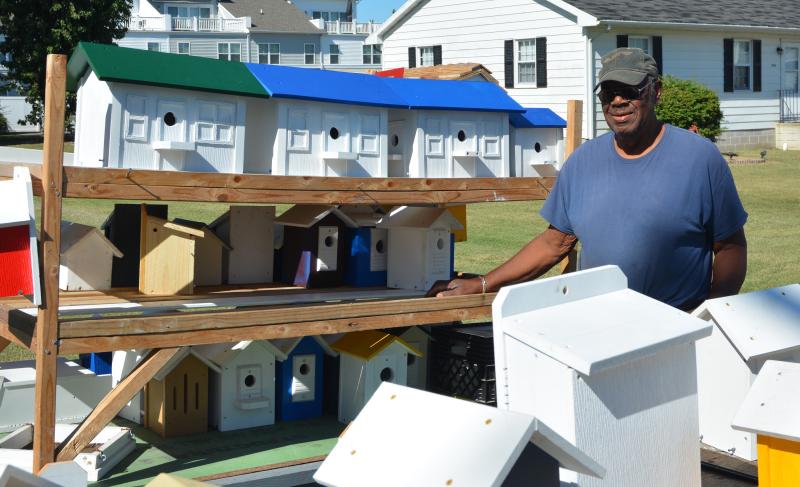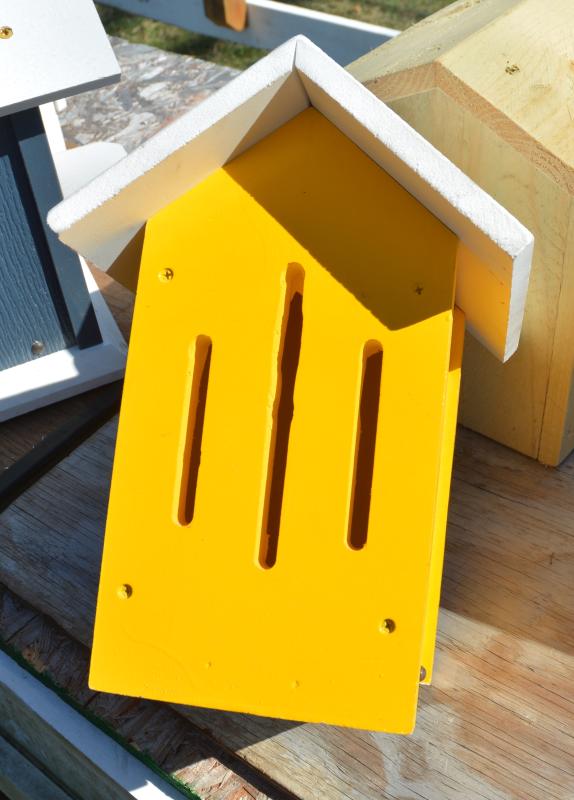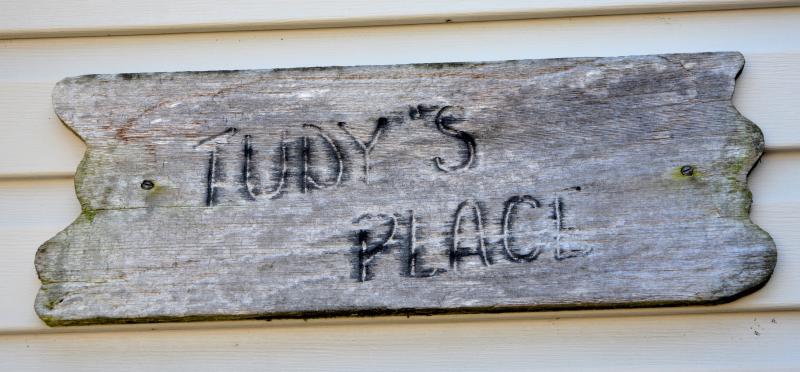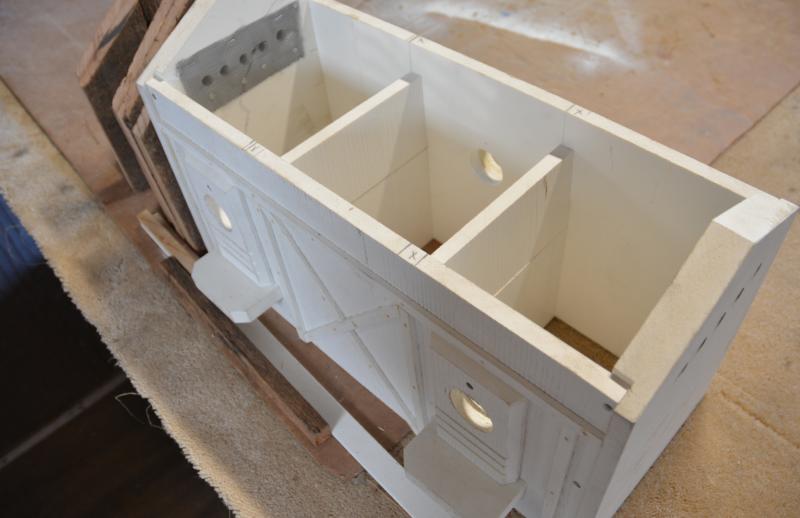Hurley Waples builds bird, butterfly, bat houses by the beach
Hurley Waples didn’t set out to build birdhouses, bat houses and butterfly houses in retirement; it just kind of happened.
His lifelong home is on the corner of the Rehoboth Avenue Extended and Church Street, just west of the Lewes-Rehoboth Canal. He lives with his wife Estelle, who is from Georgetown.
Nearly two decades ago, Waples, now 84, put his carpentry skills to use and made some for his yard. As he was installing them, he said, a woman stopped to ask where he got them because she liked them so much.
“She said they were just right for her yard, so I made her a couple,” said Waples. “Ever since then, they’ve just taken off. I’ve had pretty good luck.”
Waples has spent his whole life within a quarter-mile of the canal. He was born on government-owned land immediately adjacent to the canal. Before he was 10, he and his family moved a little farther west, but still east of Route 1.
“We could look out from the porch of that house on the canal and see halfway down Rehoboth Avenue,” said Waples, looking back fondly. “It was a good life here in Rehoboth.”
Waples’ dad was a sharecropper, growing corn. He farmed the land where the Tanger Outlets are now.
“I was a daddy’s boy and hung out with him,” said Waples. “I’ve got a footprint in every square inch of where those fields used to be.”
Waples is the fourth of six children. “There’s two of us left,” he said.
“I’ve seen a mess of changes in Rehoboth,” said Waples.
Waples worked for a local woodworker, making cabinets for over a decade. However, he said, he helped the company out with other woodworking-related jobs, including the construction of the wooden pavilions on the Boardwalk.
This is the job where he gained the skills to make the birdhouses, he said.
Waples had a number of jobs over the course of his working life. He groomed racehorses for Charlie Marsh, traveling up and down the East Coast to different racetracks. He was a service technician for Suburban Propane for over a decade. He worked for a while at Selbyville Manufacturing.
Standing by a few dozen new birdhouses, he points to two of the original birdhouses attached to metal poles on the edge of his yard. “They’re old, but still working,” he said.
“Every time I think about changing them, there are nests in there. Year round,” he said.
Waples has customized birdhouses to look like the homes of people. Someone can take a picture, send it to him and he’ll make it, he said.
His birdhouses are in Pennsylvania, New York, the Carolinas and other states. He said he’s seen them at people’s houses locally.
“I’ll see them out in the wild,” he said. “I’ll be like, I know I built that one.”
In addition to the birdhouses, Waples makes butterfly houses and bat houses.
“I can’t understand why people want the bat houses, but they do,” said Waples. “I guess they are pretty good at eating insects.”
Waples said the wood he uses tends to be scrap wood from old barns. People know that he wants it, so they’ll save it and drop it off, he said.
The inside of a birdhouse has a small square of metal wiring stapled just below the hole. It’s so the baby birds have something to cling onto when they’re trying to get out, said Waples.
Waples paints the outside of the houses, but never the inside and he never uses glue.
“Birds don’t like the smell of the paint or the glue,” he said.
His workshop is right behind his house. He doesn’t know exactly how long it takes to make one of his birdhouses.
“Oh, I can make one a day,” he said, estimating because he’s often making more than one at a time.
The shop, covered in a thin layer of sawdust, has the typical woodworking tools – table saw, chop saw, hand saws, sanders.
“Whatever it takes to get the job done,” said Waples.
Waples doesn’t do much in the way of promoting his birdhouses.
“I just set them out by the fence and people stop by,” he said, estimating the trailer by his fence has about 80 items for sale between birdhouses, butterfly houses and bat houses.
He’s built a number of purple martin birdhouses over the years after buying one from a local hardware store that didn’t last very long.
“It fell apart, so I made my own,” he said.
The birdhouses are functional. Some of them have swinging sides that allow for cleaning out. Others are held in place with four pins that can easily be taken out, which allow for the house to be taken off.
Waples is more of a naturalist when it comes to cleaning out birdhouses. The problem with cleaning them out is that nesting pairs won’t return, said Waples. If the houses are left alone, the pair of birds will keep returning.
“That’s why you don’t ever see the birdhouses in the state parks get cleaned out,” said Waples. “Leave the birdhouses alone and they’ll keep coming back.”
Chris Flood has been working for the Cape Gazette since early 2014. He currently covers Rehoboth Beach and Henlopen Acres, but has also covered Dewey Beach and the state government. He covers environmental stories, business stories and random stories on subjects he finds interesting, and he also writes a column called Choppin’ Wood that runs every other week. Additionally, Flood moonlights as the company’s circulation manager, which primarily means fixing boxes that are jammed with coins during daylight hours, but sometimes means delivering papers in the middle of the night. He’s a graduate of the University of Maine and the Landing School of Boat Building & Design.































































